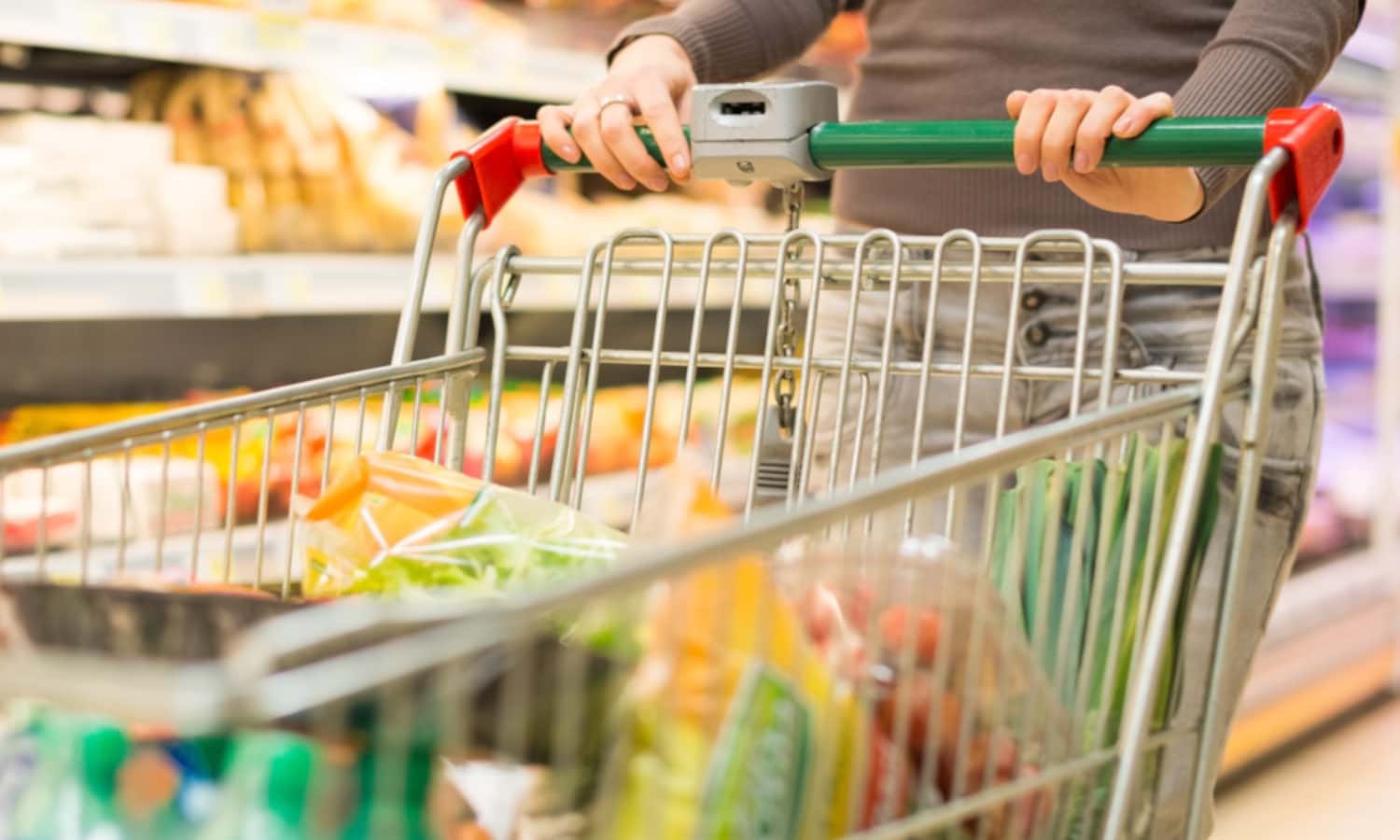Food choices can have a big impact on the environment—research done by the journal Food Policy indicates that 16 percent of greenhouse gas emissions in the United States come from food spending alone. Public awareness grows as influential voices like The Lancet push for sustainable dietary guidelines and the U.N. Environment calls meat production the “world’s most urgent problem.” But even the best-intentioned consumer caves to time, cost, and convenience pressures when facing 200 daily food choices. Behavioral scientists are cooking up shortcuts—better known as nudges—enticing greener choices.
“Nudges focus on small changes to the social, cognitive, and physical environments in which people make decisions—the ‘choice architecture,’” explains Stephanie Wilcoxen and Sasha Tregebov from The Behavioural Insights Team (BIT), a social purpose company that applies behavioral science to public policy. These alterations are why eye-level supermarket shelves hold name-brand cereals, but while businesses push profit with this tactic, companies like BIT help policymakers improve the world. “We have applied behavioral science to encourage recycling, mass transit, and energy conservation,” they say to Food Tank.
Nudging efficacy relies on an understanding of human behavior. “People depend on a host of mental shortcuts when they make decisions; they have trouble accepting small costs now in pursuit of larger gains later, overwhelmingly stick with ‘default’ options, and are disproportionately impacted by even insignificant barriers,” explains Wilcoxen and Tregebov to Food Tank. Understanding said barriers to create policy is paramount to simplify environmentally-friendly choices for the public.
Research shows promising results of food environment nudges. Simple and cost-effective adaptations like making a menu’s default option plant-based can significantly decrease meat consumption according to a study in the Journal of Environment and Behavior, while social cues and smaller plate size can reduce food waste at hotel buffets by up to 20 percent, as presented in the Journal of Economics Letters. Public health researchers like Dr. Marlene Schwartz, director of the Rudd Center for Food Policy & Obesity, use this approach to persuade healthy eating. “We change the environment so the items that are easiest, most salient, and the quickest to catch your eye are the healthiest products,” she says to Food Tank. Encouraging people towards more whole foods and plant-based choices employs the same strategy. “Marketing will become more and more effective in helping people identify the ideal environmental choice.”
Rather than pulling unsustainable items from shelves, nudging influences behavior while continuing to provide consumers with all available options.“The common response to restriction of food choice freedom is something called reactance, which is the anger felt when someone is taking away some of your choices,” explains Dr. Schwartz to Food Tank. For consumers still wary about policymakers muddling in their food choices, both she and BIT stress that big brands always influence food choice environments for their own benefit. At least with these planet–positive adaptations, the nudge is in the right direction.











